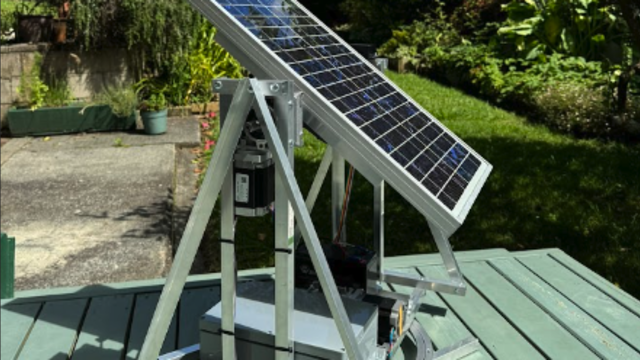I coined the phrase ‘domesticating data’ to describe the process of putting data into more lay, or accessible modes. The ‘Floating Fibres’ project uses environmental data and the water levels of the River Taff, to inform the weave/pattern of textiles.
Thinking about the language of textiles and water – ‘a blanket of water’ / ‘the river wove through the city’ and the shared language of data and weaving, using binary systems to communicate, is totally fascinating to me and was a driving force behind the project.
To harvest the data, I collaborated with Adam Williams, of the Raspberry Pi Foundation. We set up a series of LoRaWAN nodes along the river, capturing snapshots of the environment at timed intervals over several weeks. The data was then analysed and cross-referenced using free and open-source tools before being interpreted into the pattern and then woven using a Jacquard loom.
My wider art practice looks at the management of information and the construction or evolution of spaces; it stimulates thinking around value and disposability.
This project set out to show that data can be creatively useful and that our city rivers are meaningful and valuable in a modern context. The blanket indicates that the river has a ‘voice’, hidden communicators/rhythms revealed in the textiles’ pattern
You can see more images of Johana's weaving on her Instagram page







